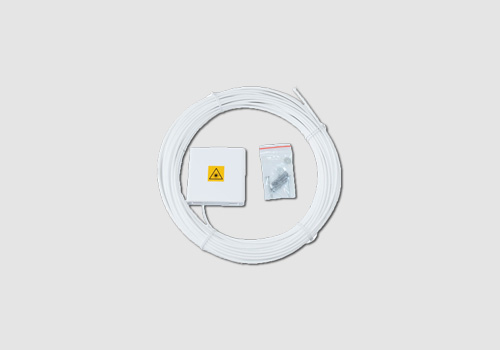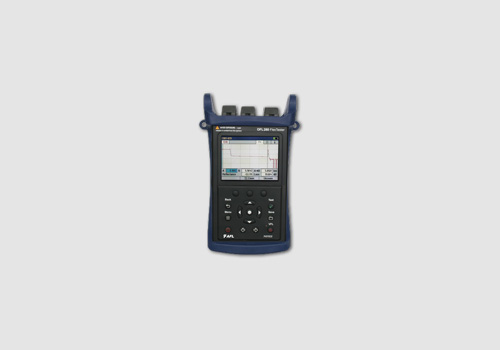
Laser radiation is used for data transmission in fibre optic networks. In some cases, it may carry some risk to human health. This is influenced by laser power, the wavelength used in transmission, beam focus, and above all, the probability of exposure.
The degree of harmfulness of a laser device reflects the safety class assigned to it. Laser radiation with different wavelengths and powers can cause different effects when it affects biological tissue. Therefore, the lasers were divided into seven categories. Manufacturers are required to put on the laser device information about the class to which the laser belongs. Thanks to this, users know what security measures to take. The following table shows the characteristics of the laser classes, under PN-EN 60825-1:
| Class | Characteristic |
| 1 | Lasers that are safe in reasonable working conditions. |
| 1M | Lasers that emit radiation in the wavelength range up to 302,5nm to 4000nm, which are safe under rational operating conditions, but can be dangerous when looking into the beam through optical instruments. |
| 2 | Lasers emitting visible radiation in the wavelength range from 400nm to 700nm. Eye protection is naturally provided by instinctive defensive reactions. |
| 2M | Lasers emitting visible radiation in the wavelength range from 400nm to 700nm. Eye protection is naturally provided by instinctive defensive reactions but can be dangerous when looking into the beam through optical instruments. |
| 3R | Lasers that emit radiation in the wavelength range up to 302,5nm to 106nm from which direct looking into the beam is potentially dangerous. |
| 3B | Lasers that are dangerous during direct radiation exposure. Looking at diffuse reflections is usually safe. |
| 4 | Lasers that produce dangerous diffuse reflections. They can cause skin damage and create a fire hazard. Special care should be taken when handling Class 4 lasers. |
To determine the degree of harmfulness of laser radiation of FTTH telecommunications networks in building infrastructure, it is necessary to know the safety class of lasers used in telecommunication exchanges and subscriber devices. In GPON (Gigabit Passive Optical Network) technology, the sources used in active devices are class 1. This means they are safe in reasonable working conditions, under PN-EN 60825-1.
WAYS OF PROTECTION AGAINST LASER RADIATION

Laser radiation warning attached to the NGO-12 optical outlet
Access fibre optic installations are always protected against accidental exposure of bystanders’ eyes or skin to direct laser radiation. A good example could be a wall-mounted optical outlet offered by OPTOMER dedicated for installation in subscribers’ apartments are equipped with self-closing flap. All connectors are built-in appropriate optical patchpanels. These safeguards are extra precautions because the wavelengths used in transmission are invisible to the human eye. We may not even be aware that we are exposed, and the natural blinking reflex will not protect our eyesight. However, it should be taken into account that the laser radiation is scattered when it leaves the optical fibre. This happens as a result of changing the refractive index. Also, its power decreases with the square of the distance.
Damaged fibre optic cable with the active transmission is not a thread. Unless, of course, we do not try hard to look inside through the focusing system, e.g. a microscope.
We also encourage you to check our article on electromagnetic radiation. All materials in the Knowledge Centre are created under the watchful eye of OPTOMER’s R&D Department.










